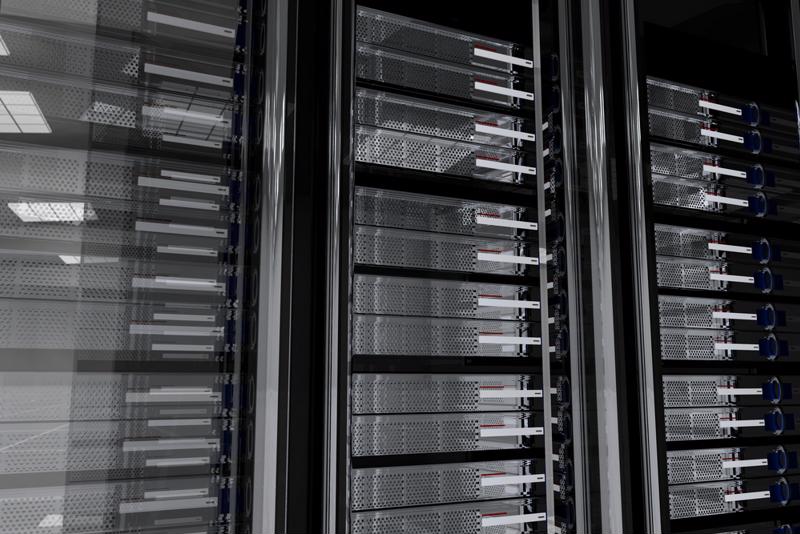
Cloud-based vs. on-premise servers – Which is right for you?
By Max BurkhalterMarch 9, 2021
Your server setup can be one of the most important things about your company. If your server goes down, you can lose revenues, fail to receive or complete orders, become unable to provide services or products, or even experience a hack — putting customer data at risk as well as your company's reputation.
On-premise vs in the cloud
In the past, servers were exclusively "on-premise," meaning each company had a physical server room that houses their computer network, backup and software. This hardware required maintenance, updating and security, meaning an IT staff had to be either on hand or on call to deal with updates, configurations and emergencies.
With the introduction of cloud computing and affordable internet for business use, cloud-based servers became more popular. Instead of a server physically on the premises (on-prem), companies could shift everything to the cloud. Physical servers in remote locations now became responsible for uptime and reliability. Responsibility for IT maintenance also shifted to the cloud provider, as did costs for expensive hardware.
For businesses using cloud services, information was easy to access through a dashboard interface in a browser or application. Cloud-based access made adding new people to the network and enabling telecommuting easier than ever; with company data stored in the cloud, employees could access it from their home, a coffee shop, an airport lounge or in the field.

However, with the push to "migrate to the cloud" came new concerns. Cybersecurity is one of the top things holding companies back from cloud investment. After all, even if you can hold a cloud services provider responsible legally and financially for a breach, to your customers, you are still the one responsible. Being able to have confidence in cloud security has been the biggest challenge in getting people to commit to cloud servers.
Meanwhile, on-prem solutions come with their own host of issues. Installing, upgrading and updating equipment can be cost prohibitive, according to Forbes. Switching to a new location can be problematic, necessitating preparation of a new space to house physical hardware and downtime during the actual move. This can severely disrupt business operations and reduce revenues.
Despite the allure of the cloud, the majority of individual server rooms are still on-premise according to VXchange, (although server racks in off-prem sites outnumber on-prem by a factor of nearly five). Further, many on-prem companies are now utilizing some type of cloud service supplement security for their on-prem setup.
Making the choice
So which option is best for you? If you feel like you need complete physical control over your servers and data, on-premise may still be the best option for you. Just realize that it can be a more costly option as the responsibility for housing and maintaining your server room is an ongoing expense that contributes heavily to your utility usage.
If you are ready to let go of your hardware and move to a service provider in the cloud, do your homework first. Try to find a provider experienced in serving companies in your specific industry, and consider using a hybrid setup if you have specific concerns about security.
Perle can help you upgrade on-prem console servers with the latest in quality components. Read our customer success stories to learn more.



